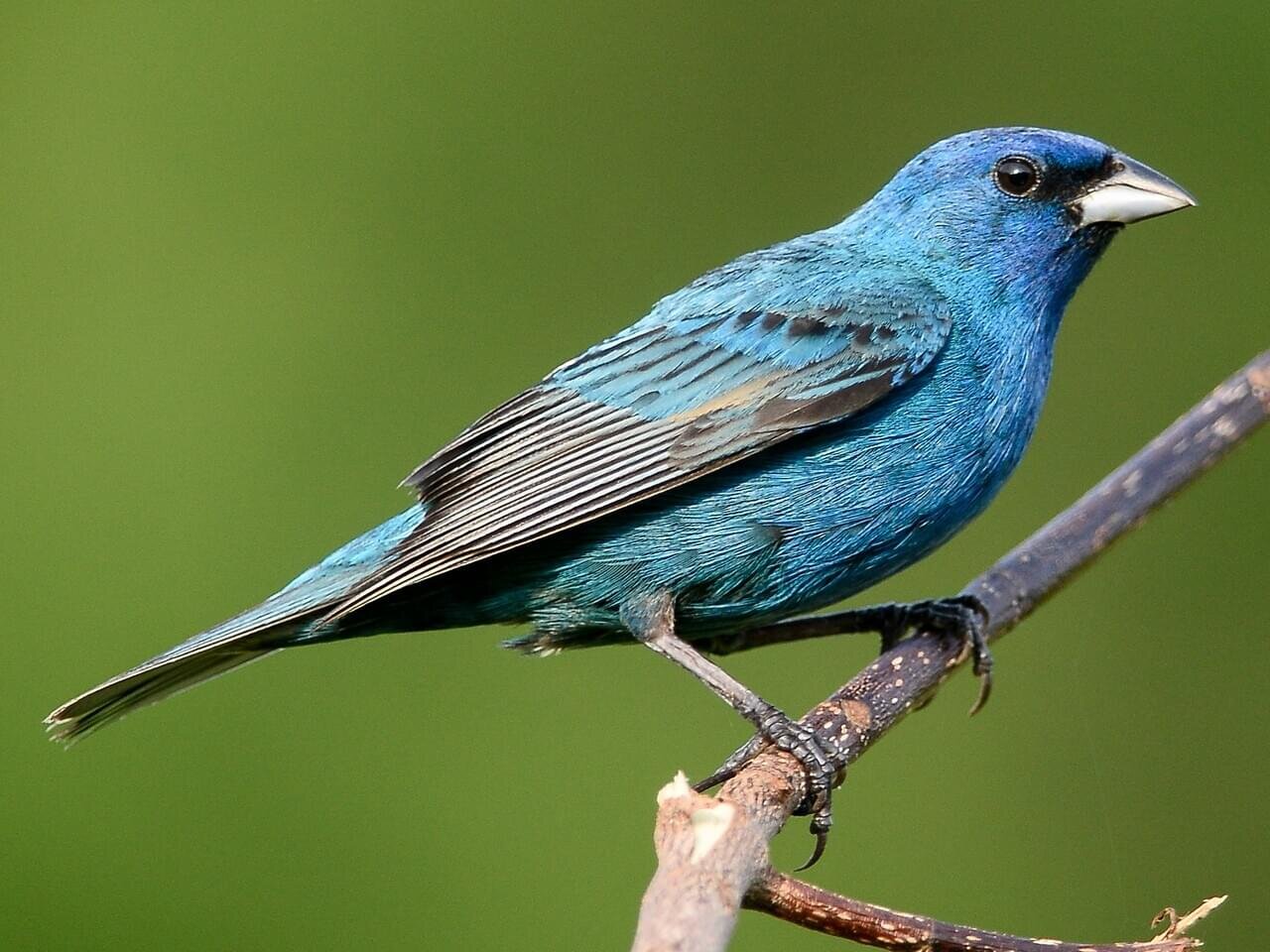Another Rare Bird Sighting in Nashville
In the past year, TN has seen quite a few rare birds pop up all around the state.
By now some of you have heard about the Green-tailed Towhee recently discovered in East Nashville. It’s not the first time this species has been seen here, however, nearly 60 years have passed since the last sighting.
This bird is typically a summer-breeding resident of New Mexico north to Montana, and west to the Sierras of California. Its non-breeding, winter range is from mid Texas down into Central America. The other interesting thing about where this bird has been seen is its habitat preference tends to be in areas of dense brush on mountainsides and high plateaus. Not exactly East Nashville habitat.
Keep the binoculars handy because clearly any one of us may have a rare visitor at any time.
Spring and Early Summer Hummingbirds
All of our summer resident Ruby-throated hummingbirds are here now and beginning, or well into, their first nesting of the season. Like Bluebirds they all don’t start nesting at the same time. There could be as much as a month difference in the first nesting phase of the earliest arrivals in March and April and the later arrivals as late as mid-May.
There have been a lot of concerns voiced by customers regarding hummingbirds this spring, more so than usual. “I usually have them by tax day”, or “I’ve only seen one weeks ago and none since”. The nesting phase is one of the reasons people usually see far fewer hummingbirds now as opposed to July through September. Hummingbird feeders are not in high demand at this time and will serve only for quick visits and a brief drink.
I’ll admit sightings of hummingbirds have been fewer based on personal experience and customer feedback; however, there can be a number of factors that would contribute to either seeing more or less hummingbirds during spring. Seeing fewer hummingbirds now can be viewed as a potentially good thing. It has been a cool spring with good amounts of rain meaning nectar producing plants are doing very well and hummingbirds do not see the feeders as necessary. In years past when we experienced early hot and dry conditions there was more early activity at feeders. Let’s see what happens when temperatures get into the 90’s next week with little rainfall. That may inspire a little more action at the feeders.
Perhaps the heavy rains and high winds we experienced in May and June last year resulted in a fair amount of washed out nests meaning numbers of offspring were affected. The fact is we just don’t know at this point if there are fewer hummingbirds this year compared to last.
When nesting is near conclusion in mid to latter July hummers begin visiting feeders with frequency and intensity to fatten up for the long migration back to Central and South America.
With that in mind keep fresh nectar in the feeder but do not fill to capacity. Small amounts are recommended now to decrease waste and major cleaning of feeders. In warmer weather nectar is only good for about 3 days. The hotter the environment the shorter the life span of the nectar.





